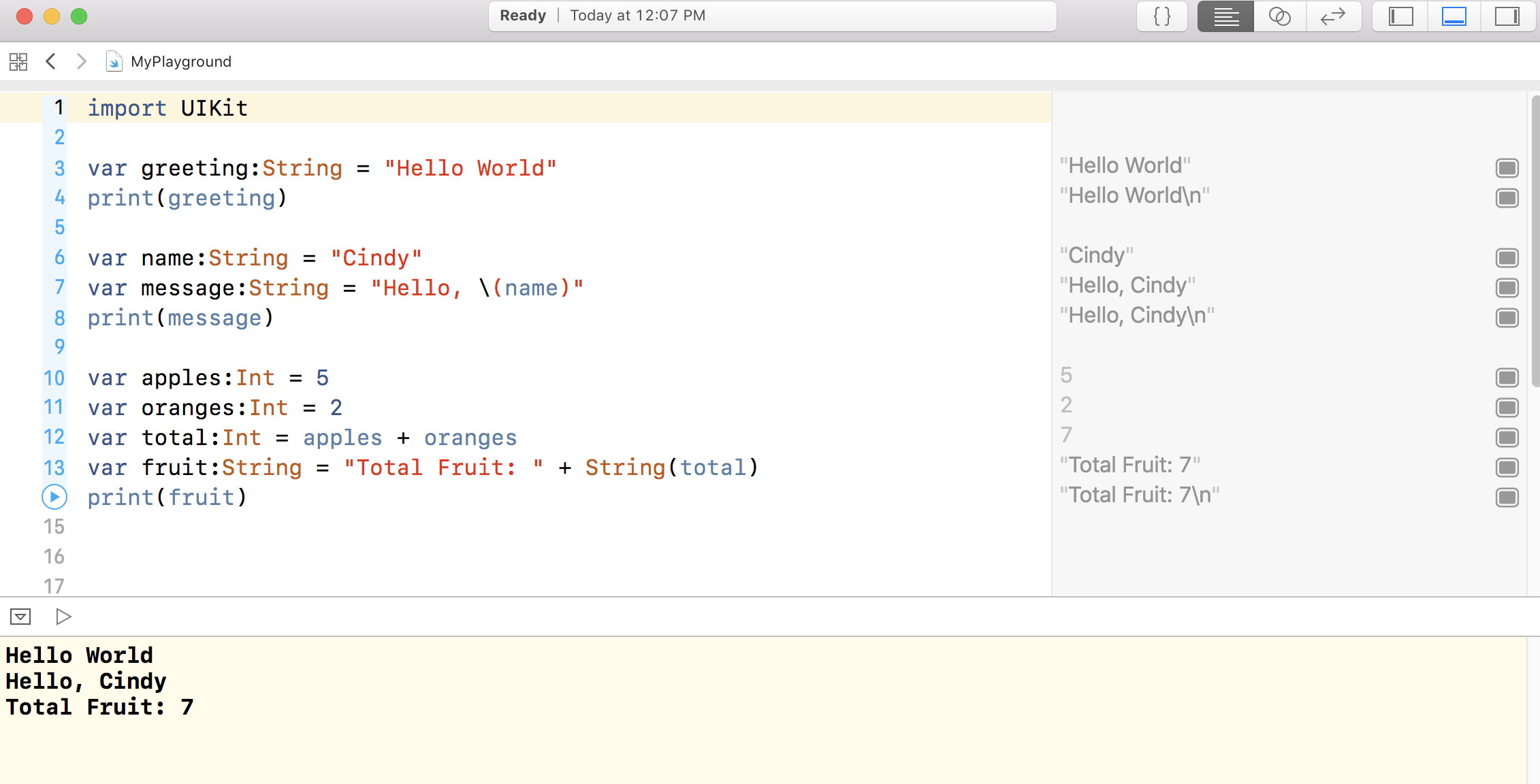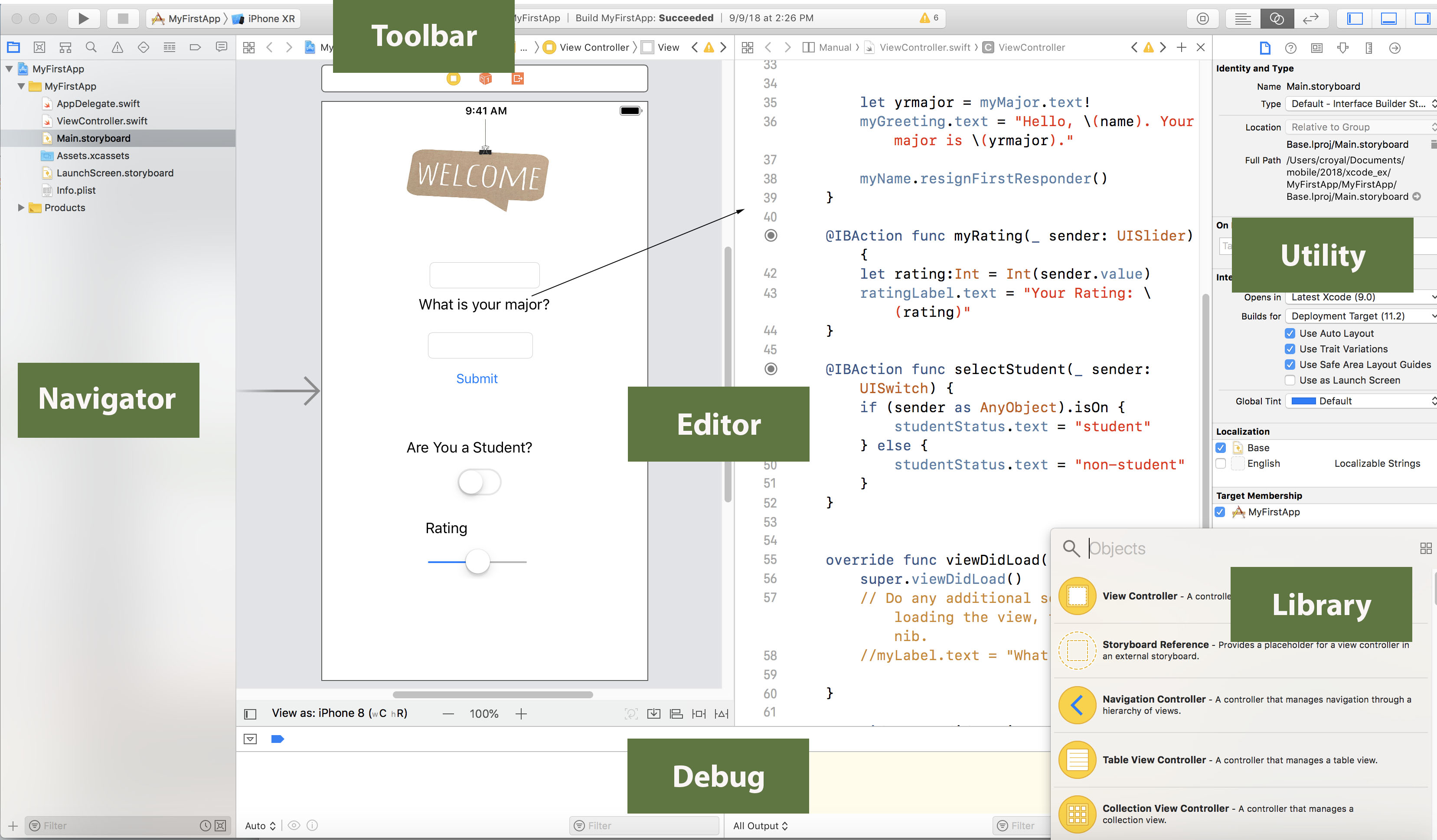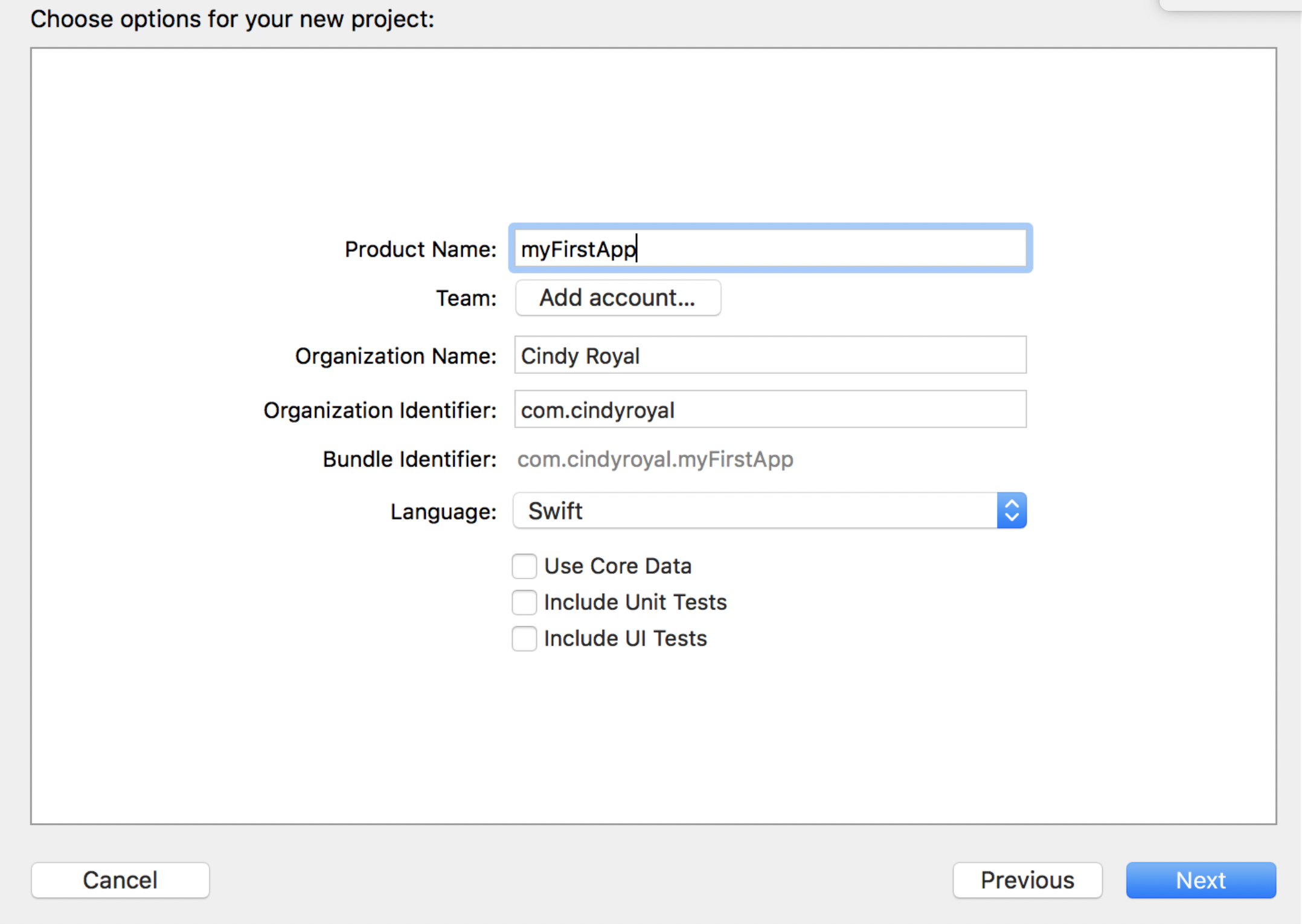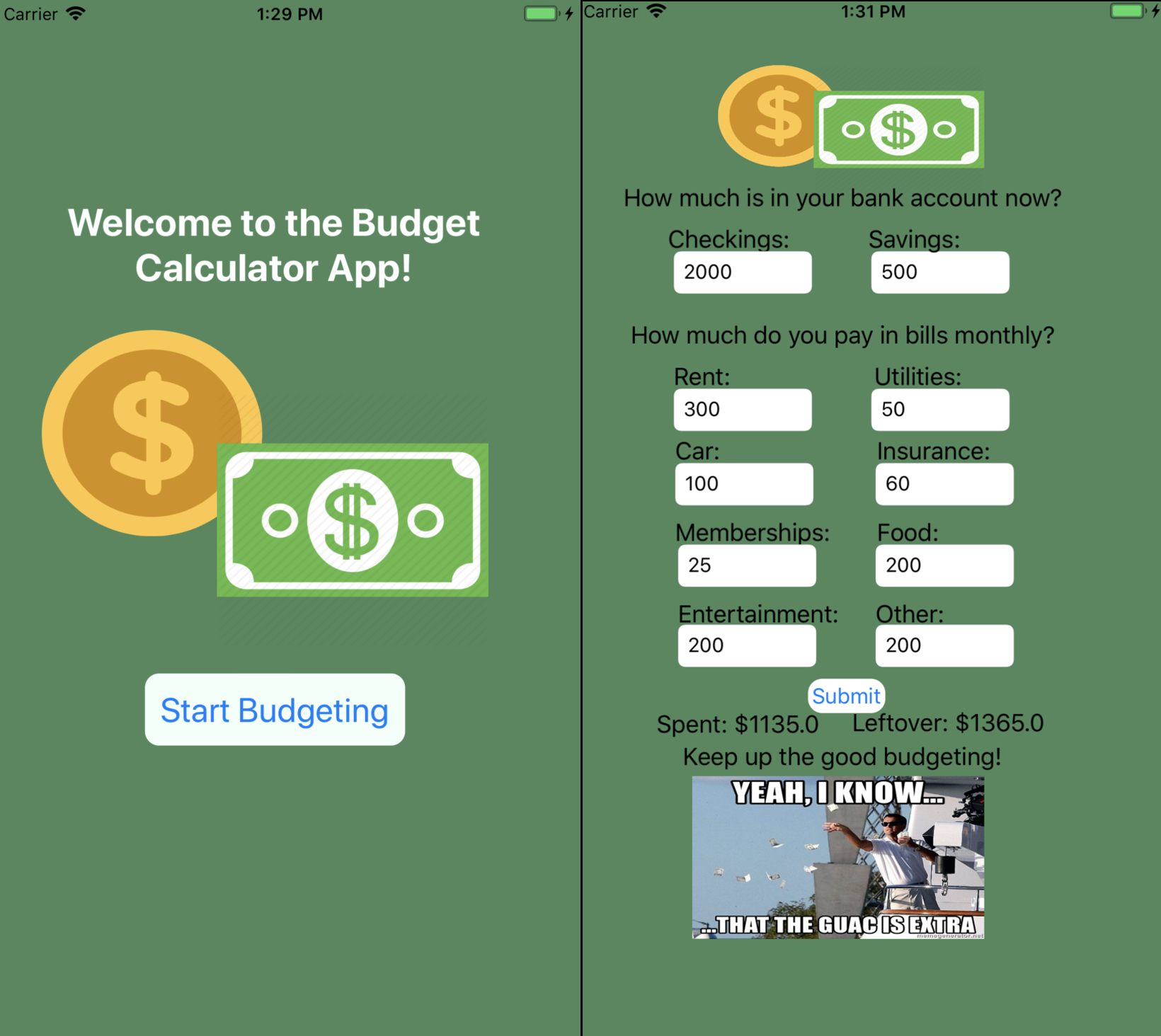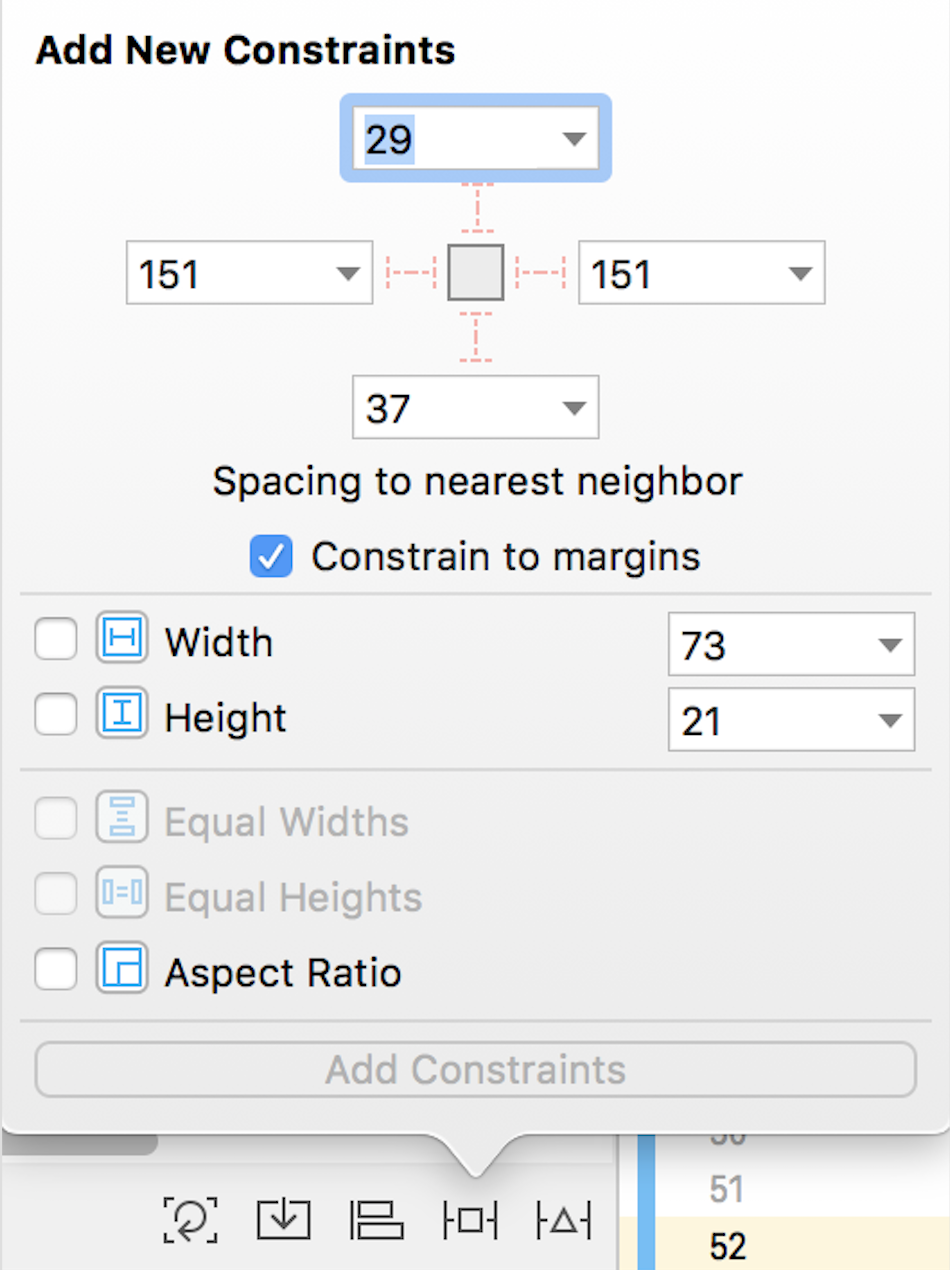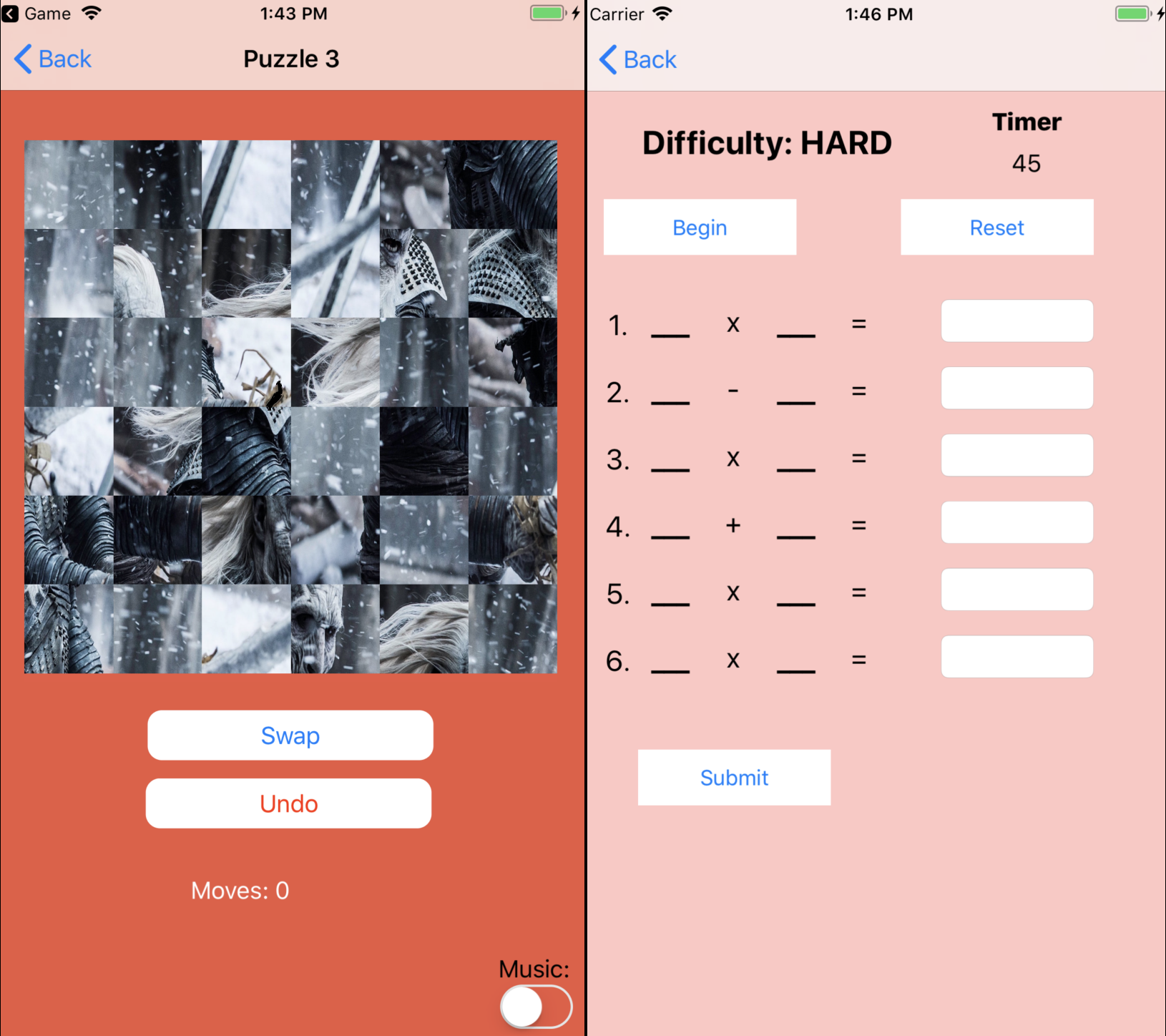
Chapter 04
Teaching Mobile App Development in a Mass Communication Program
by
Cindy Royal, Ph.D.
Author Biography
For the past two decades, I have taught web design and development courses to journalism and mass communication students. These courses began with covering Hypertext Markup Language (HTML), Cascading Style Sheets (CSS) and web animations and have now progressed to include responsive design techniques, front-end frameworks, and customizing content management systems. In 2014, I began teaching a more advanced web development course focused on interactive coding and data visualization. This course introduced JavaScript and charting libraries and presented students with techniques supporting interaction and user-experience design.
For years, I had avoided moving into the mobile application space. I had invested a lot of time learning web technologies. I believed in the open Internet and the ability to publish online without the constraint of distribution through application stores. I thought that the mobile application development environment introduced a level of complexity that was beyond the scope of our curriculum.
Eventually, I came around to the realization that it was time to introduce students to the ways in which mobile applications are made. The mobile application environment began to grow with the introduction of smartphones in the mid-2000s. In January 2018, 77% of Americans used a smartphone, but for young people aged 18-29, the percentage was 94% [3]. The total number of mobile application downloads in 2017 exceeded 178 billion and is expected to grow by 45% in 2020. [9]. The two most popular application stores, Google Play and the Apple App Store, housed 3.8 million and 2 million apps respectively in 2018 [8]. So, it became clear that mobile development had become an important part of any organization’s communication strategy and needed a presence in our curriculum.
Mobile applications use different technologies than websites. These features include enhanced processing power and capabilities, including an accelerometer for detecting movement and global positioning systems that allow for location-based services [5], which are more difficult to execute on mobile devices with applications made for browser-based performance.
Two platforms have emerged as the leaders in the mobile environment: iOS and Android. The iOS platform is specific to the iPhone hardware, while the Android platform, developed by Google, works on several different devices made by Samsung, LG, and other manufacturers. The market for smartphones is competitive, with Apple having 44.6% of smartphone subscribers, Samsung at 29.7%, and LG at 9.6% on the Android platform. Overall, Android has the most users of their smartphone operating system at 54.3% with Apple at 44.6% [12].
Mobile application development languages are becoming an in-demand competency [17]; [11], but few mass communication programs offer courses in these areas. Some programs have experimented with magazine-style applications using popular software programs like Adobe InDesign or InDesign-based plugins [4]. In 2013, the University of Texas School of Journalism and Mass Communication began teaching an app development course with journalism and computer science majors working collaboratively [6]. Even computer science departments have been slow to provide specific instruction on mobile application development, focusing instead on languages that support enterprise systems. Those who move into application development are often self-taught through online resources or enroll in programs in for-profit code camps, like those offered by General Assembly [1]; [7]; [10].
This chapter provides the process by which I developed and taught the Mobile Media Development course in the School of Journalism and Mass Communication at Texas State University. We had introduced a new degree in Digital Media Innovation in 2016, so the program was supportive of including emerging topics in curriculum.
